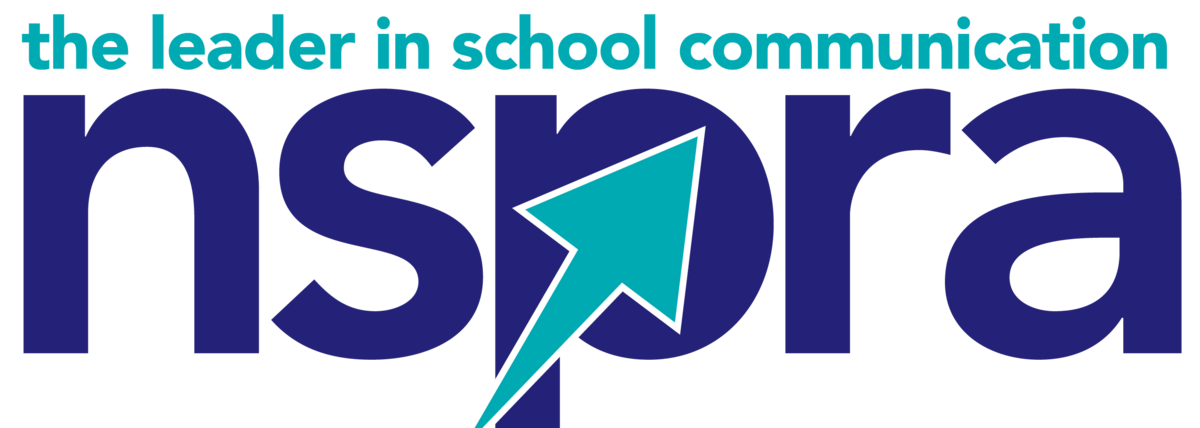GRAND RAPIDS, Mich. (GRPS) -- Grand Rapids Public Schools (GRPS) contracted with the National School Public Relations Association (NSPRA) for an in-depth, independent review of the system’s overall communication program.
The NSPRA Communication Audit process helps to identify the strengths, weaknesses and opportunities for improvement in a school communication program. NSPRA auditors performed a review of print and digital communication materials, conducted a survey for district staff, families and community members, and hosted focus groups with district staff, families, and community members.
Key Strengths of the Current Communication Program
- Families trust principals and teachers more than any other source of information, citing school-level communication as clear and responsive.
- The communications team is recognized for their professionalism, design quality, and commitment to staff support.
- The presence of a bilingual coordinator and translated materials helps serve multilingual families, though more proactive efforts are needed.
- District-level branding is polished and consistent, signaling a strong visual identity across key platforms.
- The GRPS Champions web series is well-received and can serve as a foundation for broader storytelling efforts.
Key Challenges of the Current Communication Program
- Multiple apps and inconsistent school communication practices cause confusion and communication fatigue among families and staff.
- Families, staff, and community members feel disconnected from district decision-making processes and outcomes.
- Staff report feeling out of the loop, especially regarding leadership transitions and district initiatives.
- Many stakeholder groups feel their voices are not reflected in decisions, and there is little public evidence that their input is valued and considered.
- School websites vary widely in content, quality, and accessibility, affecting trust and access to timely information.
Recommendations
Based on the analysis of the research, the auditor suggests the following strategies for enhancing the GRPS communication program. For each of these recommendations, a series of practical action steps based on current best practices are included in the report.
- Support district goals by incorporating communication planning into all priority initiatives.
- Make internal communication and employee engagement a strategic priority.
- Enhance decision-making processes to maintain and build upon the growing sense of trust in district leadership.
- Build a culture of authentic engagement strategically supported by communications.
- Strengthen strategic storytelling and marketing to support enrollment, identity, and engagement.
- Strengthen and ensure consistency in digital communication practices across the entire school system.
- Strategically enhance GRPS’ social media presence.
- Build communication capacity through a key communicators network and communications staff professional development.
Next Steps
The report provides practical steps for each recommendation, based on the best practices we know of today. Implementing these recommendations should be considered a long-term process that involves everyone responsible for communicating in GRPS, not just the Communications & External Affairs Department. It is generally not feasible to address more than two to three recommendations each year.






